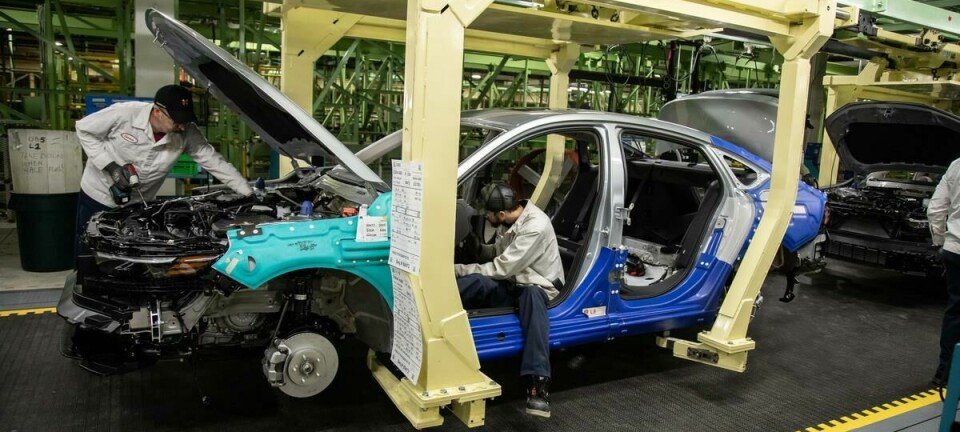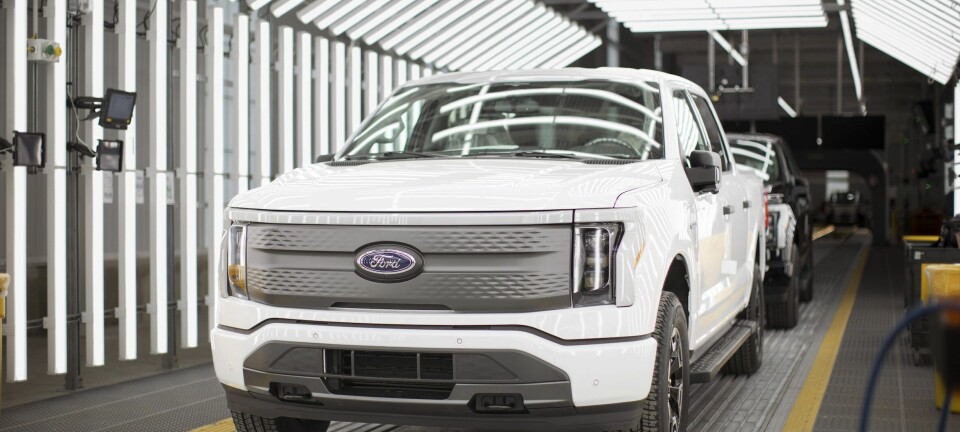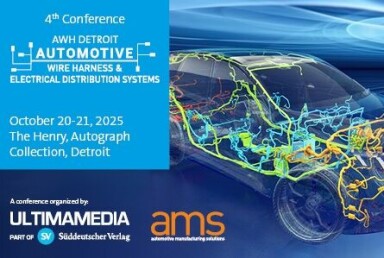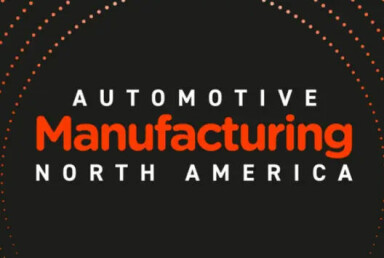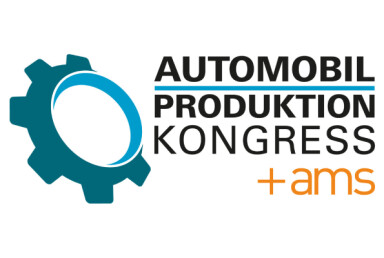AMNA 25: Staying competitive
AMNA 2025: Auto industry looks to data driven, people-first digital transformation
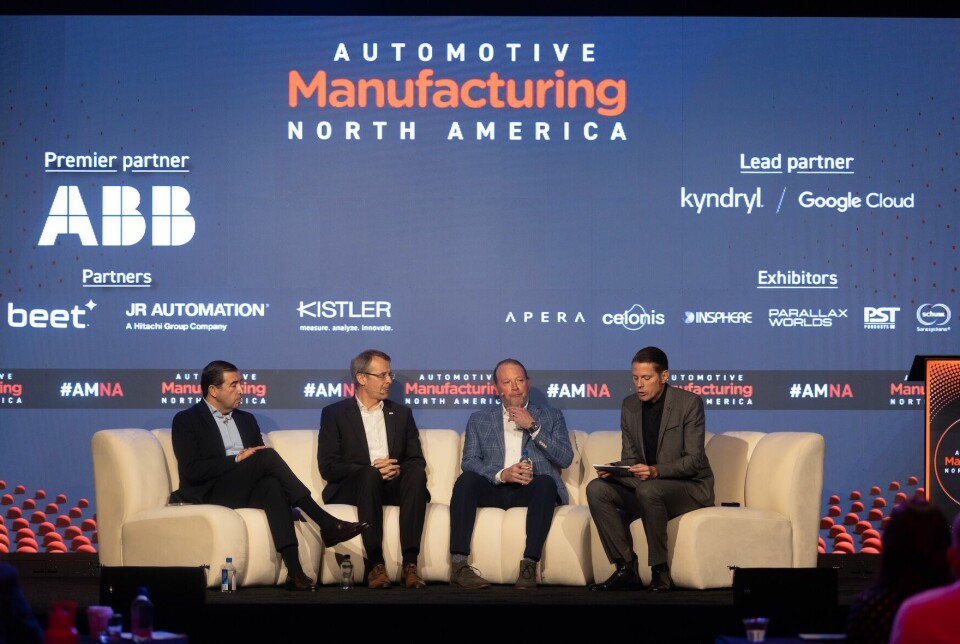
The AMNA 2025 conference brought together OEMs, Tier 1s, suppliers and technology partners to discuss shared challenges and solutions as the automotive industry navigates rapid technology and economic changes
Across all sessions, speakers converged on a handful of strategic priorities and recurring challenges – and offered practical approaches that blend digital technologies, lean culture and people-first change management. Below is a summary of the conference’s key themes, common threads across sessions, and the priorities and constraints shaping participant strategies.
Digitalisation as an enabler, not an all-purpose solution
The digital transformation of production operations was a major talking point, notably on optimisation and implementation. However, speakers at the event were keen to frame AI, digital twins, emulation and automation as tools to amplify proven manufacturing practices rather than replace them. The emphasis was on integrating digital methods into daily management systems and using them to reduce risk, accelerate launches and improve first-time quality.
Central to achieving these goals are people. Virtually every session returned to culture, upskilling and workforce engagement. Resistance within teams and sceptical management persists for a variety of reasons but the consensus was that success requires training, clear incentives, leadership alignment and practical demonstrations of benefit (“what’s in it for you?”).
Brownfield-first, pragmatic deployment
Several presenters (Ford, Gestamp, ABB) emphasised scalable brownfield solutions – modular, low-friction technologies and in-house software that can be rapidly deployed and iterated, with a “think big, start small, scale fast” mindset. AI also featured heavily in the discussions across a broad range of applications. All agreed that reliable, standardised connectivity and data naming/formatting foundations are prerequisites for successful AI projects. It was noted that without a strong data layer, AI and virtual validation might fail to scale or deliver trustworthy results.
Designing for flexibility and resilience
With tariffs, supply-chain churn and variable BEV uptake, companies are prioritising flexibility – modular architectures, local-for-local production, and supply-chain visibility to enable rapid rebalancing of mix and sourcing. This also fed into conversations around the need for more upstream collaboration across design, engineering and manufacturing teams to ensure faster time to market for product development and smoother integration of new products. into production.
Priorities identified by companies and speakers
Improving launch performance and first-time quality was an important area of focus. High launch activity (platform churn, model interruptions) makes speed and quality top priorities. Targets include higher schedule attainment, reduced changeover cost and minimising late-stage engineering changes.
Supporting this is the need to scale data platforms and ensure interoperability. Organisations noted they want federated frameworks or enterprise standards (edge vs cloud strategies) to make analytics repeatable and protect sensitive IP while enabling subject-matter-specific AI models.
As noted, the digital transformation in manufacturing relies heavily on being able to effectively upskill the workforce and capture tacit knowledge. Upskilling programs, design-thinking catalyst teams and approaches to capture retiring experts’ knowledge into models/LLMs were repeatedly proposed to bridge skills gaps.
Modular automation and asset-light investment models were seen as another important step to boost efficiency and manage costs. Several speakers advocated asset-light strategies (robot-as-a-service, OpEx models) so companies can pivot more rapidly as technology generations evolve. This extended to digital systems with the example of rapid, low-cost deployment of vision and inspection tools. In-house AI inspection teams (examples from Ford) demonstrated that inexpensive, rapidly deployable solutions can produce >99% defect detection and accelerate adoption across plants.
Key challenges and risks
Data quality, naming standards and vendor lock-in were consistently cited as serious challenges. Poorly standardised shop-floor data, proprietary stacks and lack of PLC-agnostic drivers are limiting scale. Several speakers called for open drivers and collaboration between vendors to lower costs and speed deployments.
There were some interesting insights into AI/automation project failure rates and misplaced expectations. It was revealed that a significant proportion of AI projects fail early due to ill-defined problems, poor data or lack of edge-case coverage. The recommended approach was to start with clear problem definition, use simulations/synthetic data, set realistic accuracy thresholds and adopt a ‘crawl-walk-run’ rollout plan.
Cost pressures and rising software costs also came to the fore as the automotive industry grapples with the need to do more with less in terms of CapEx investment and resources. Digital transformation budgets are under scrutiny. Software inflation and expensive vendor solutions press teams to demonstrate quick ROI and pursue lower-cost modular or in-house approaches.
Market and regulatory uncertainty affecting BEV plans are impacting on new product launches and production planning. The sales and powertrain analysis session highlighted a pullback in near-term BEV volumes driven by incentive changes, pricing pressures and charging infrastructure limits. That reality forces OEMs and suppliers to rebalance investments toward hybrids and extended ICE programs in the near term.
Notable initiatives and practical approaches
The “Bronze/Silver/Gold” data model and in-house applications like virtual quality managers were offered as examples of how a controlled data pipeline and bespoke apps can create clear, plant-level value and foster ownership.
Something we have seen more of is virtual commissioning and emulation to shorten changeover times. The speakers noted how using emulation to trial conveyor systems, PLC logic and material flow reduced on-floor disruption and lowered installation/validation time.
Another much talked about approach involves developing and utilising cross-functional rapid workshops and prototype builds. It was noted that hands-on workshops that bring product, manufacturing, maintenance and suppliers together, de-risk designs and reduce downstream assembly changes.
Positioning across the value chain
For the OEMs, focusing on flexible, brownfield-friendly automation, internal AI inspection stacks, central fleet/logistics orchestration and asset-light procurement were important factors. For example, Ford is adopting autonomous mobile robotics extensively, with an emphasis on rapid, low-cost deployment and supplier dock-to-line visibility.
Tier 1s/Suppliers are prioritising digitisation of factories, supply-chain traceability, product-to-manufacturing integration and digital factory pilots that deliver measurable schedule and space benefits. Aptiv emphasised connecting design and manufacturing with digital factory pillars and supply-chain resiliency.
Technology providers were pushing simplified robotics, instrumented measurement for virtual models, and platforms that enable advanced simulation and emulation. They highlighted the need for standardisation, customer collaboration in development and modular solutions that reduce implementation overhead.
Outlook and concluding impressions
The conference conveyed a pragmatic, daylight view of transformation: opportunities are substantial, but success depends less on any single technology and more on orchestration – aligning data foundations, cross-functional teams, disciplined Lean behaviours and measurable pilots that scale.
In the near term, the industry will balance investments between electrification ambitions and pragmatic hybrid/ICE realities. Companies that pair fast, low-cost deployments with rigorous data practices, strong leadership alignment and workforce investment will capture disproportionate value as the sector navigates uncertainty and accelerates change.
Overall, AMNA 25 left a consistent message: digitisation and automation will reshape how vehicles are designed and built, but people, standards and repeatable processes determine whether that promise becomes durable business value.

